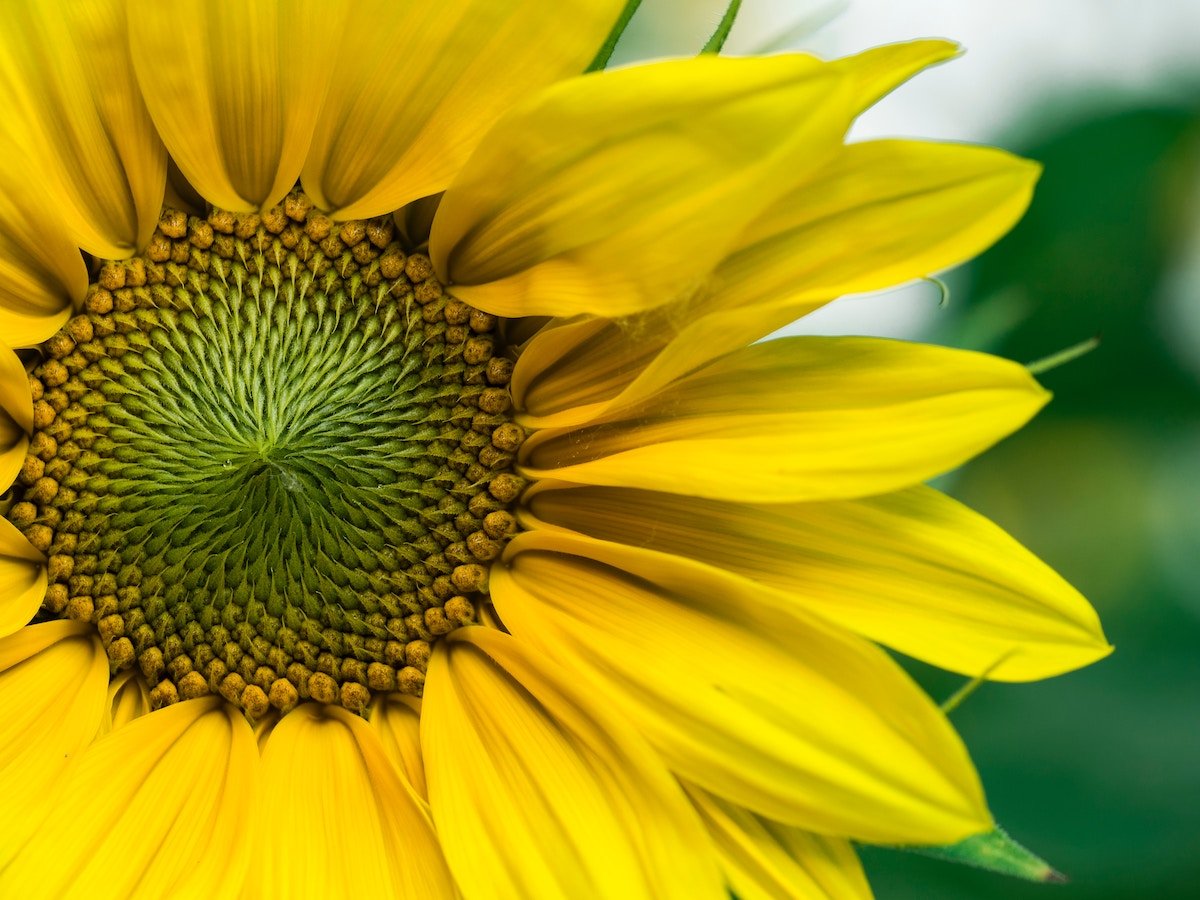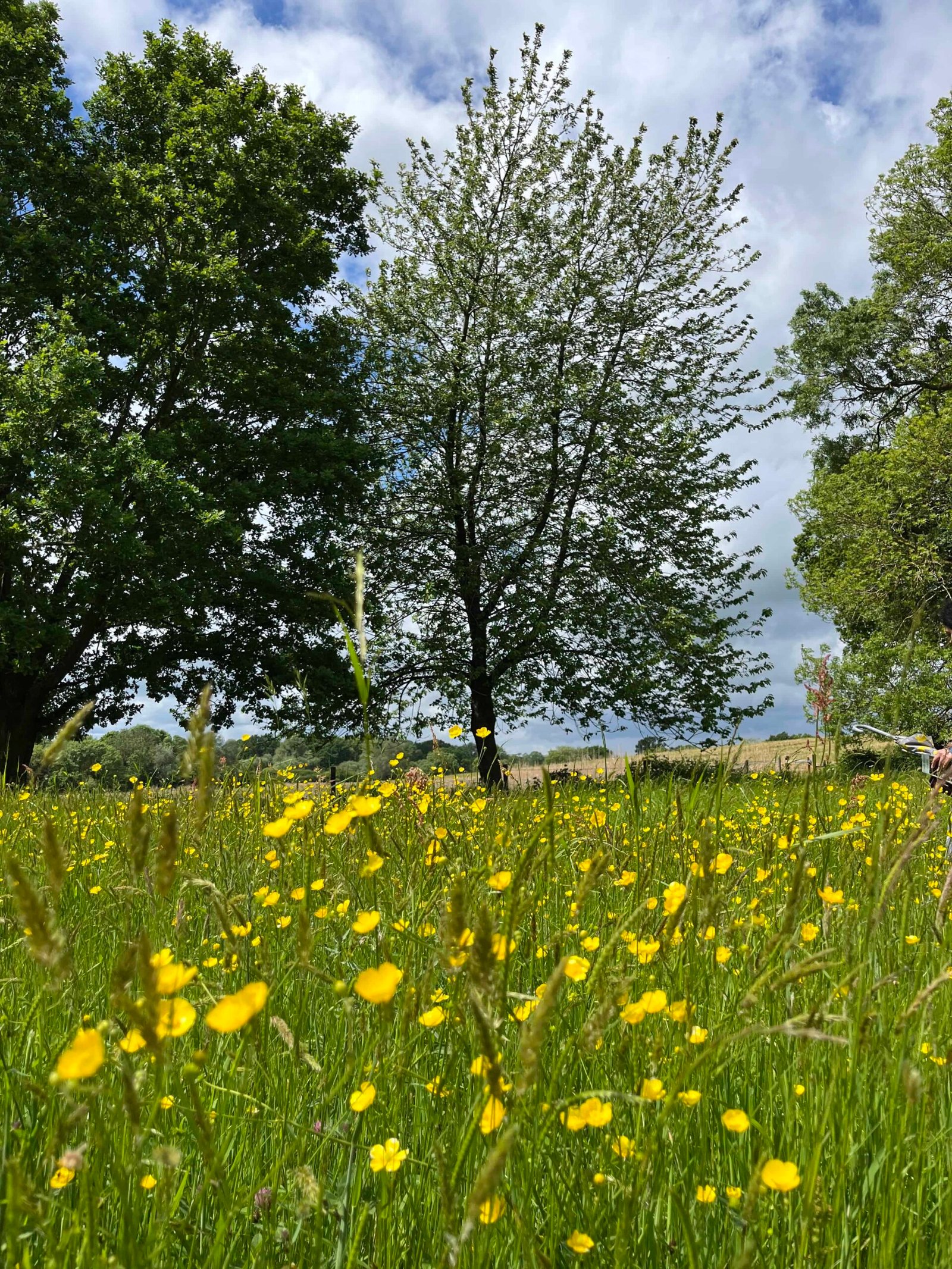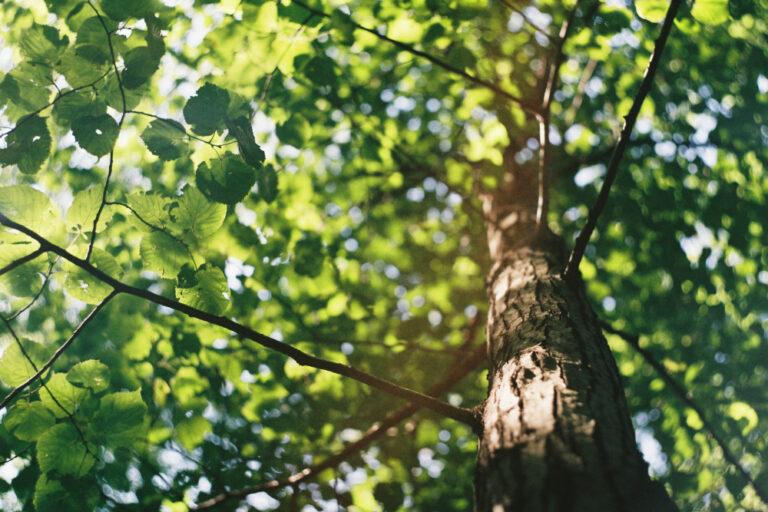There are many ways you can help your local wildlife, many of which are free, quick, and fun to do. Here are six simple ideas on how you can make a big difference with a few small actions. Check out our 6 small ways to help wildlife;
1. Insect House
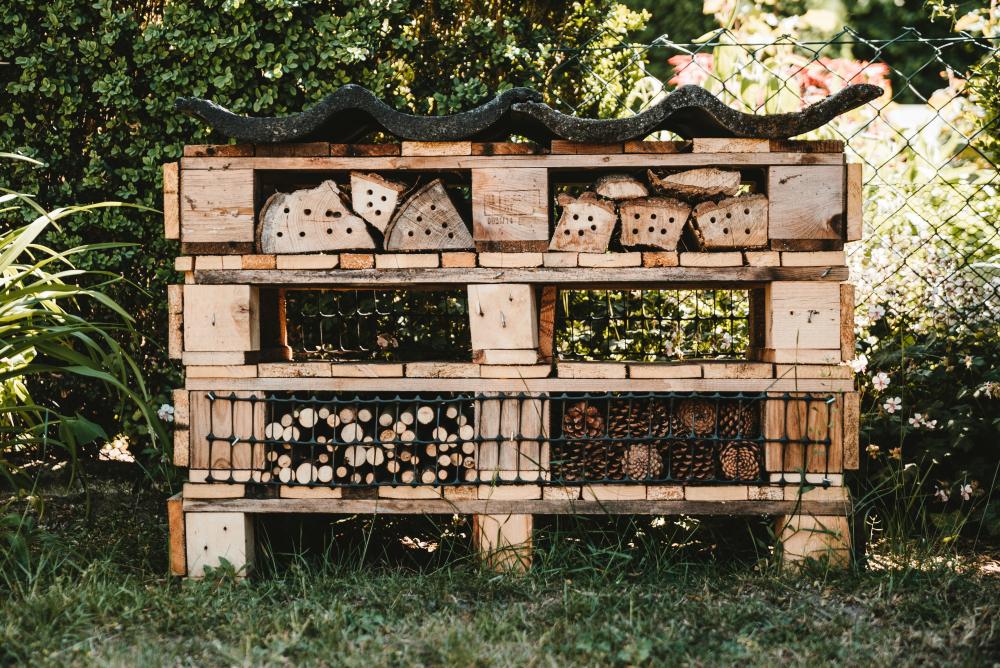
Image is courtesy of Mika Baumeister from Unsplash
Okay, so not everyone is in love with insects, although I personally think they’re rather amazing, even the creepy crawlies! Despite these little creatures not being for everyone, here are just a few reasons as to how an insect house can help your garden and wildlife; increasing biodiversity, educational – especially for little ones, consume garden pests, and help combat wildlife’s loss of habitation. Not forgetting they’re very popular with pollinators, which helps the whole eco-system.
Convinced? Great! There are many insect houses you can buy on the market and they tend to range from £6/$8, or brilliant mini-hotels of £30/$40.
However, you can just as easily build your own insect house from scraps around the garden and home; with sticks, bark, roof tiles, cardboard, plant pots, canes, newspapers, bricks and even just decaying old wood. Here are two videos to show you how;
You can also adapt an insect house, so that it can be a home for wildlife animals such as hedgehogs and frogs;
2. Litter Pick
No matter where you are in the world there’s always rubbish to be spotted. From floating in treetops, stuck in the grass, or poking out from the sand, it can always be found. So grab a bag and start filling it up. Thankfully with the invention of litter pickers – long sticks with a grabber at the end of it – you’ll soon be hooked in picking up as much rubbish as possible. These litter pickers usually cost only a few pounds/dollars, and in using any left-over shopping/carrier-bags you’ll easily fill one in just an hour, while not producing any new plastic.
Team your litter picking with exercise, walking a dog or even encourage friends and family to join in.
3. Garden Waste
Increasingly, garden waste is being put into bins, whether specifically designated for it or not. Problem is it’s easy not to notice that there are a few insects, ladybugs, caterpillars, sleeping bees, etc caught up inside it. Therefore, after filling your bin with garden trimmings and waste; leave the bin-lid up for a few hours at night to let them crawl out.
You could also start a compost heap, with the bonus that you can put veggie peelings on top. All you need is to set aside an area in the garden; flatten the ground, and build around it three sides like a fence. This will help keep the compost neat and together. Over time you can use your compost as peat for the garden.
4. Water
Due to long periods of drought, wildlife is increasingly struggling to find water, and it’s dehydration that will make them ill, long before they run out of food. But, by placing just a bowl of water in your garden you can massively help.
Change the water once in the morning and once at night. You can also make it insect-friendly by placing stones at the bottom of your water bowl – large enough that they partially stick out – this allows little insects and bugs to have an island they can swim to and get out from.
Another idea is to put a ramp in your pond. This is because fox cubs, hedgehogs etc, can head for water too deep to get out from, but by having a ramp they can easily climb out.
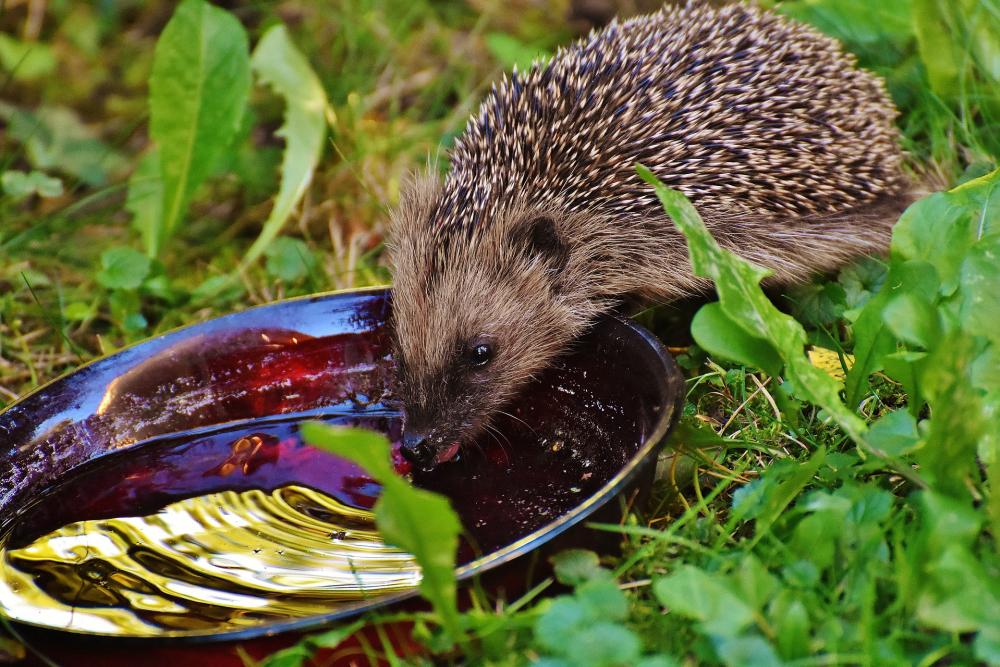
Image is courtesy of Alexas Fotos from Pixabay
5. Donate
Multiple charities and rescue centres are always grateful for volunteers and financial donations, but you can also help by just donating blankets, quilts, old dog-toys and even cat/dog food, which is used by a range of wildlife e.g. hedgehogs, foxes etc. Get in touch with your local centre to see how you can help.
6. Plant
Even if you don’t have access to a garden, you can still plant flowers that your local wildlife will love. All you need is a couple of plant pots or a window box.
Next, research flowers for your region that will survive the climate, whilst being the best for pollinators, for example lavender.
Nature’s best plant are wild flowers, this is because they can improve the health of the soil, and even the local water-table. They’re also better for the eco-system due to being a great source of food for pollinators. But try to choose single-petal varieties – the nectar is easier to access.
Some of the best pollinator flowers include; Alliums, Buddleia, Lavender, Heather, Sunflowers etc. But you can also attract pollinators with the flowers from fruit and vegetables – so a mini-allotment can be beneficial all around.
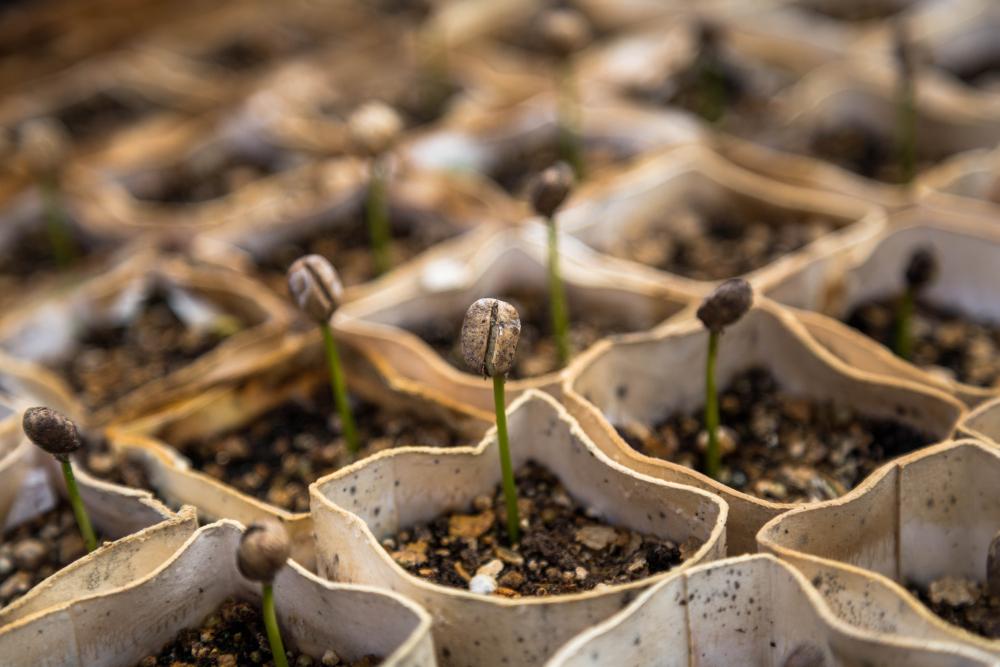
Image is courtesy of Christian Joudrey from Unsplash
Enjoyed this article on how to help wildlife? If so, check out our 6 Small Ways to Help Your Community.

